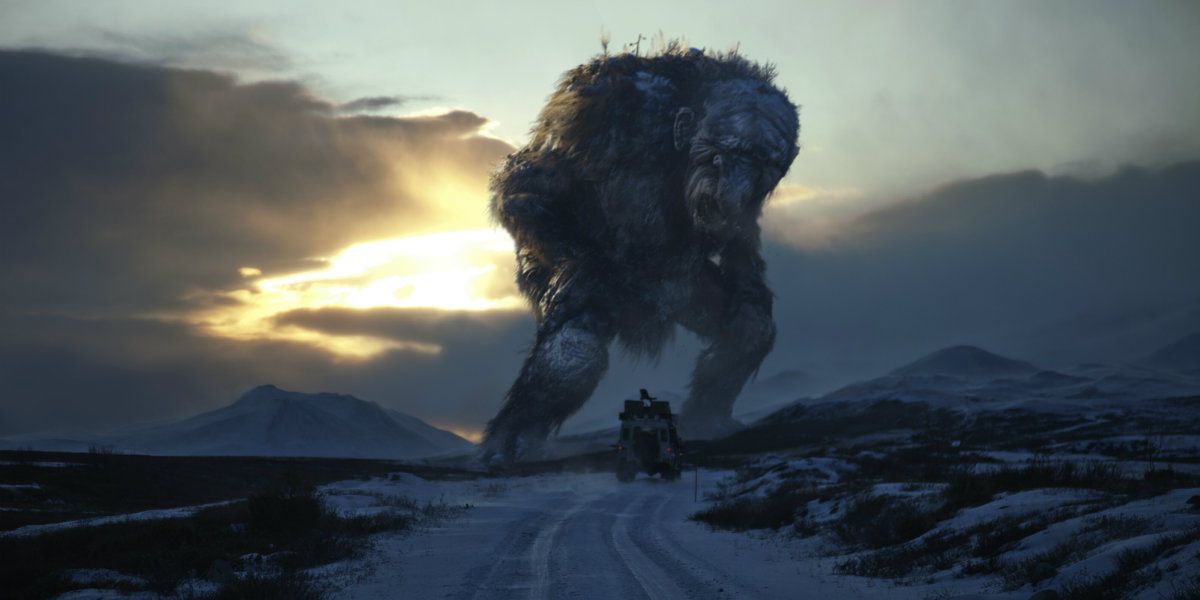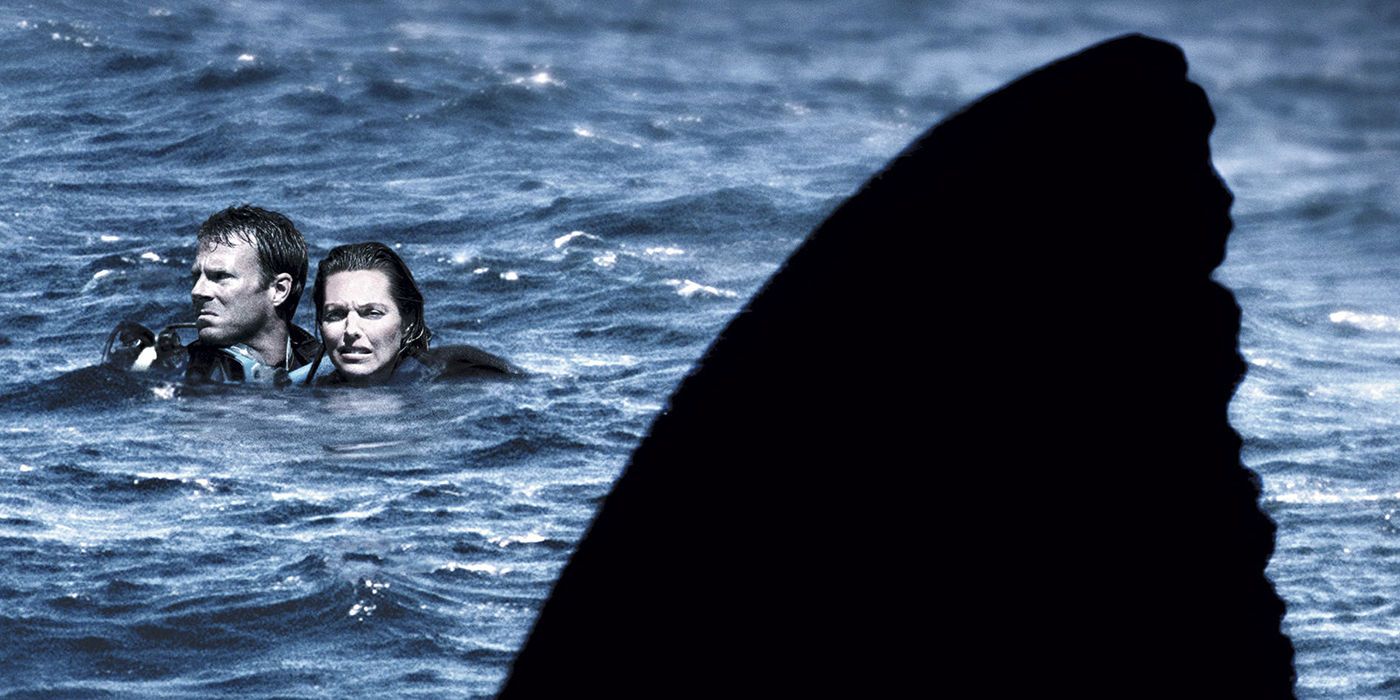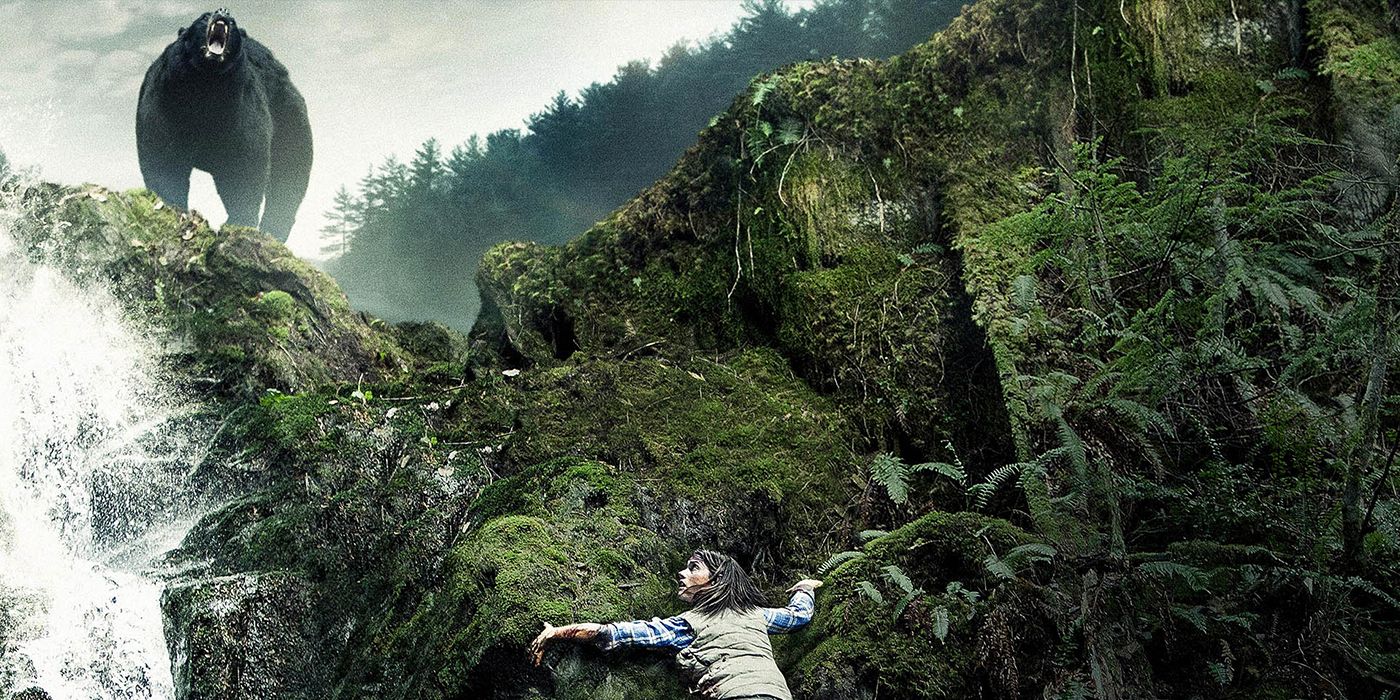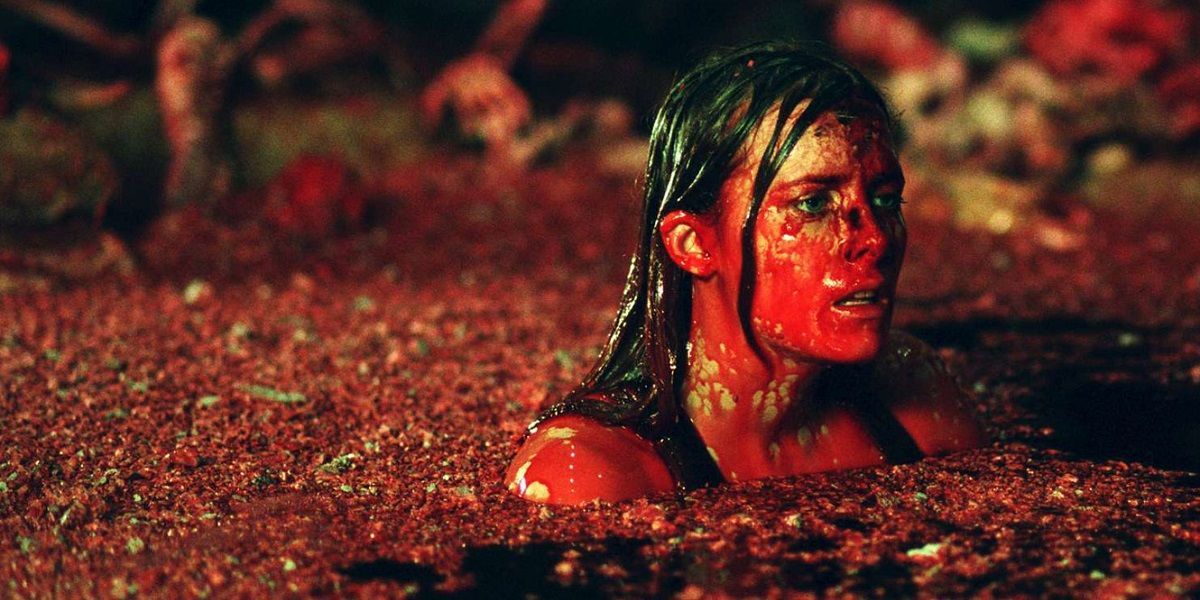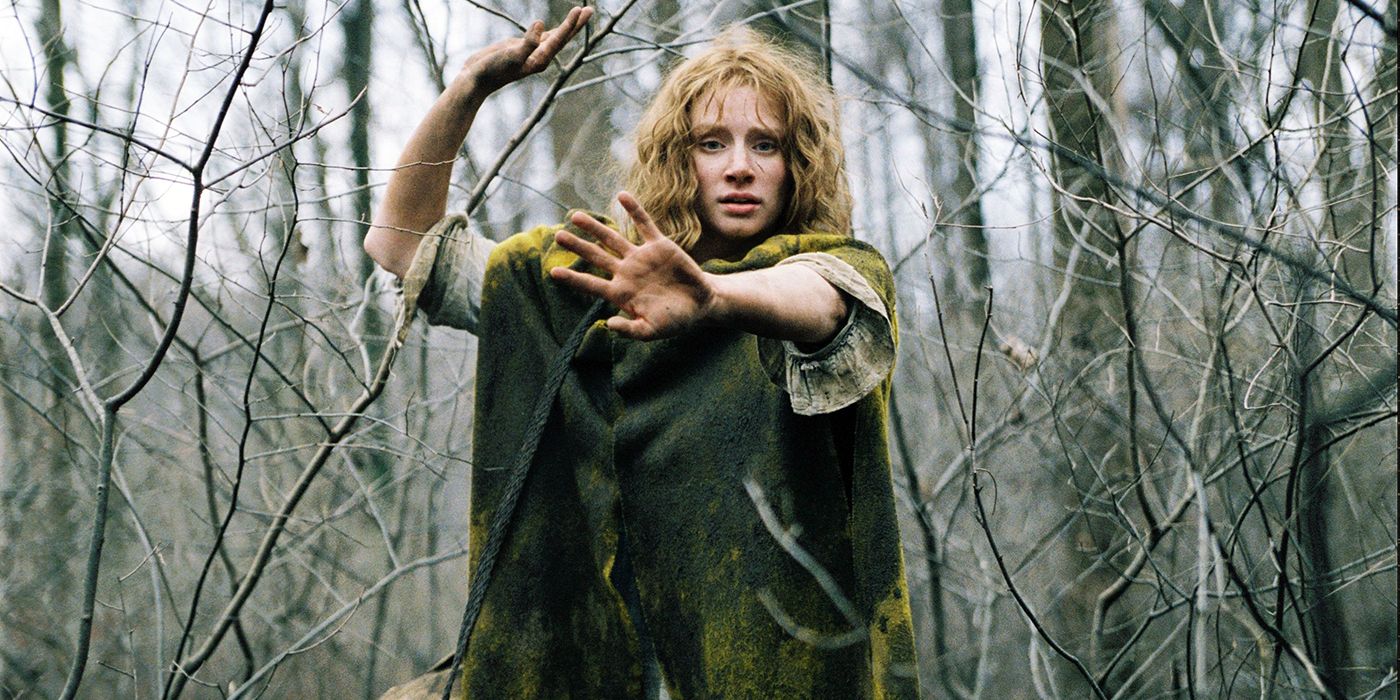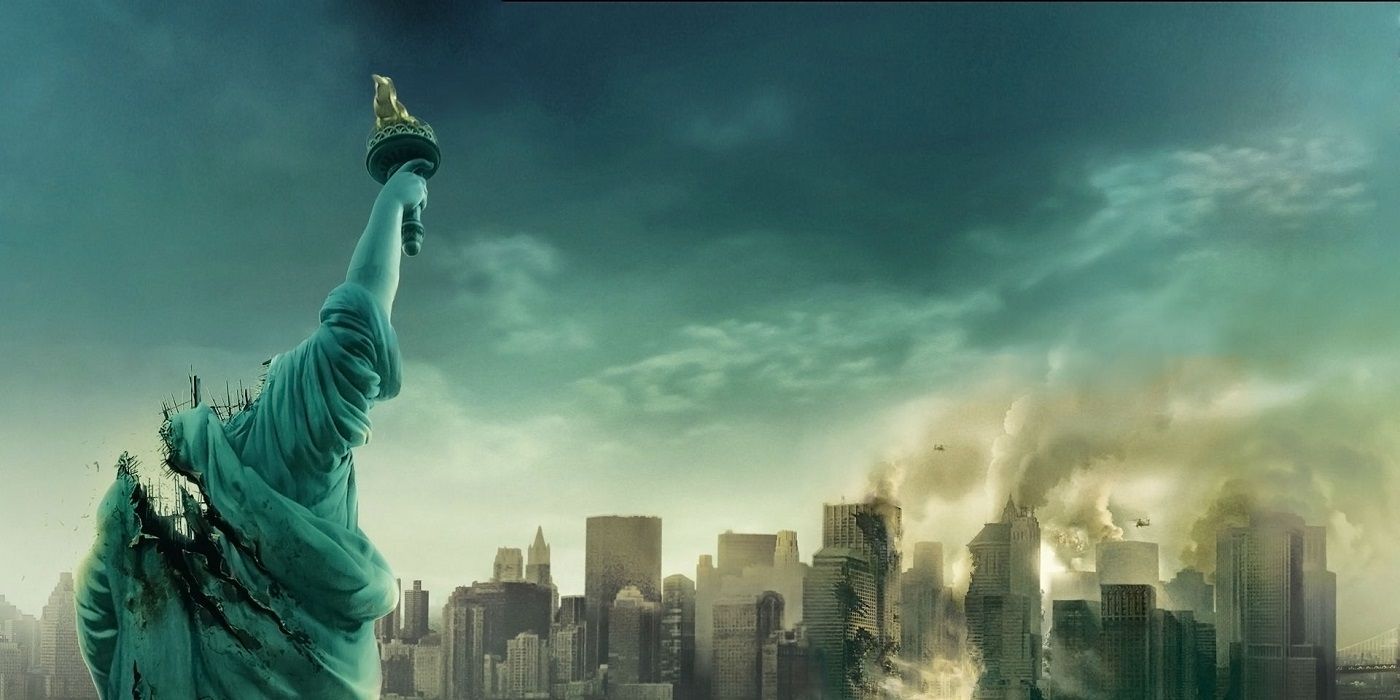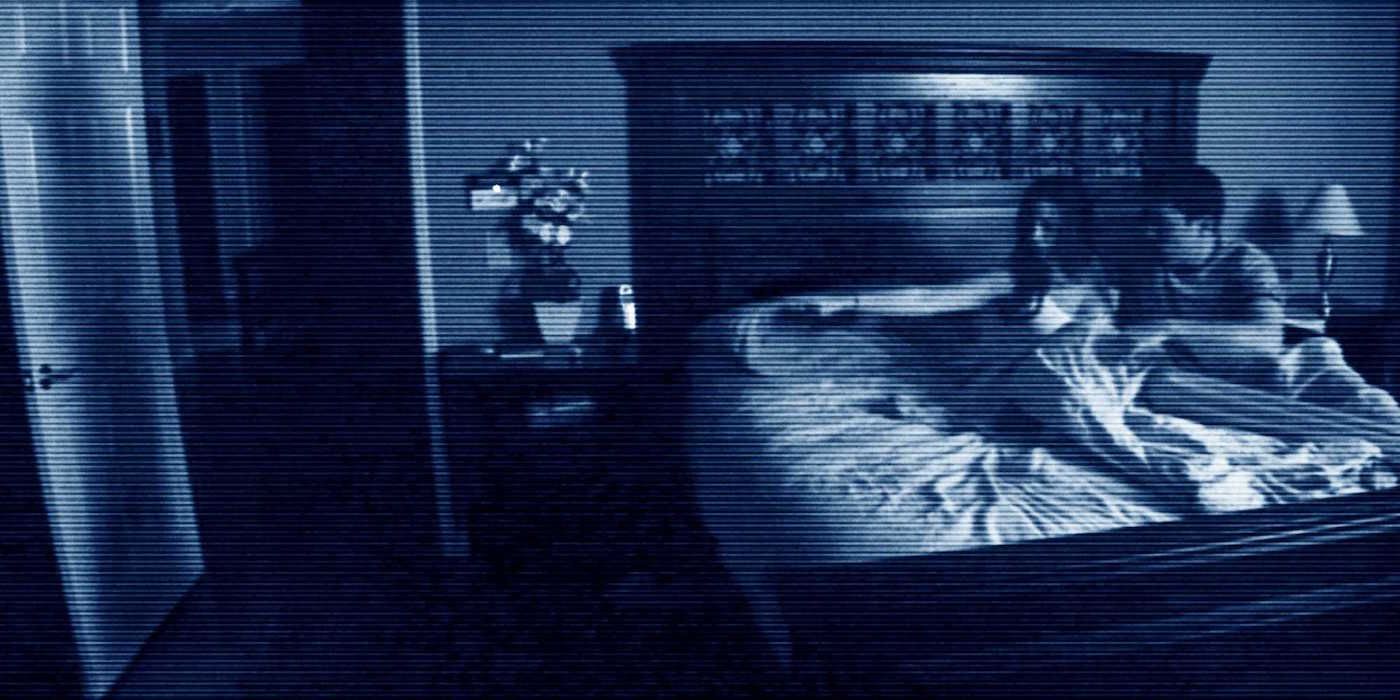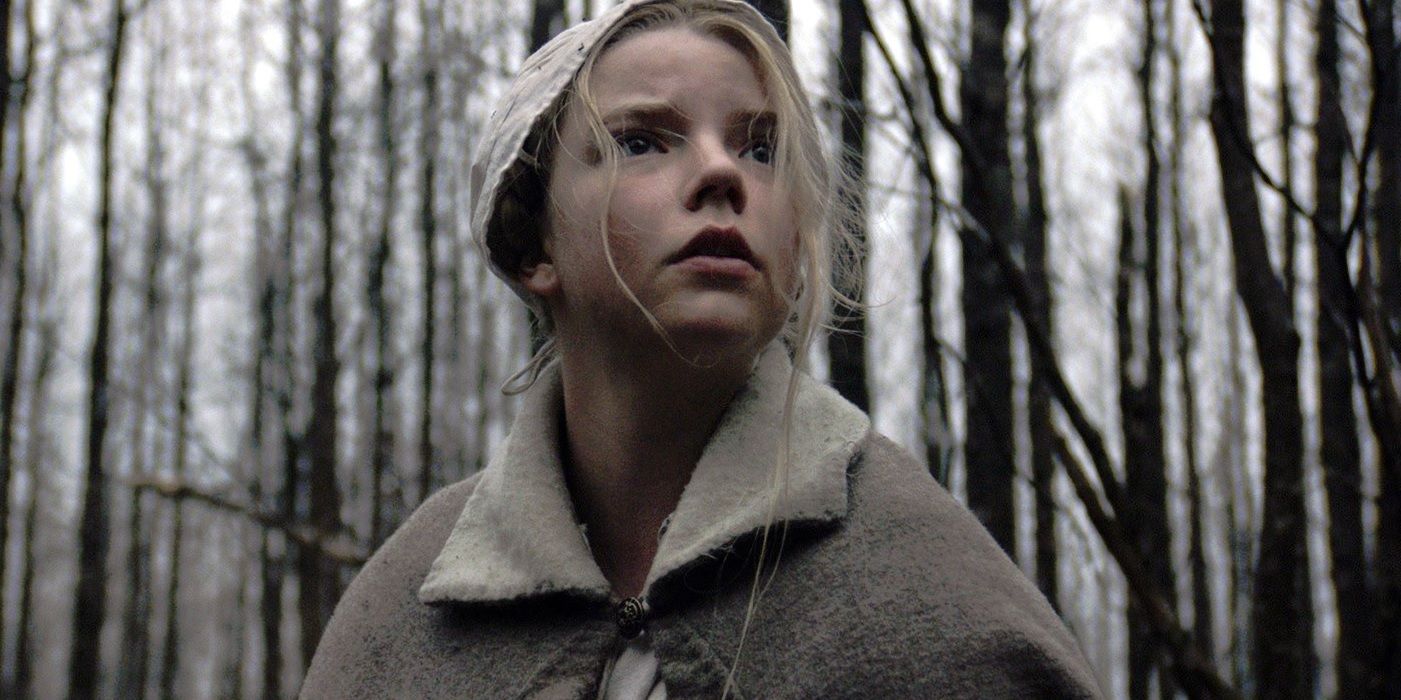When it comes to The Blair Witch Project, not everyone realizes how greatly it impacted modern cinema. Daniel Myrick and Eduardo Sánchez’s extra low-budget indie about three filmmaking students who set off to make a documentary about a legendary witch was critically praised, but was received with awkwardness by a large part of the audience, due to its radical and unconventional filmmaking style.
In a genre stuffed with easy frights and jump scares, The Blair Witch Project offered a new breed of horror, focusing on what’s implied, generating fear by the unseen. It was influenced by genre classics such as The Shining, The Omen, Jaws, and the silent witchcraft documentary Häxan, but also inspired a whole new generation of horror filmmakers. Furthermore, its groundbreaking promotional campaign revolutionized the use of internet for advertising movies, basically inventing viral marketing.
In the light of the sequel Blair Witch, whose trailer surprised the San Diego Comic-Con audiences a couple of months ago, it feels appropriate to take a look at its broad legacy.
Here are 15 Movies Inspired By The Blair Witch Project.
15. THE DARK KNIGHT
Okay, it’s sort of far-fetched to claim that The Dark Knight was directly inspired by The Blair Witch Project. Christopher Nolan’s ambitious sequel to Batman Begins has indeed very little in common with Daniel Myrick and Eduardo Sánchez’s $60,000 indie flick. However, the film proved that viral marketing campaigns are a crucial aspect of contemporary film promotion, even for multi-billion budgeted Hollywood colossi.
Deploying the slogans “Why So Serious?” and “I Believe in Harvey Dent”, the film’s marketing team kicked off an enormous advertising crusade, drafting all kinds of promotional strategies, such as fake political campaigns, propaganda posters, scavenger hunts, mass e-mail threads, and awarded fan cosplays. These practices, along with the huge merchandising production of action figures, board games, costumes, and what have you, significantly contributed to the film’s phenomenal commercial success.
If we assume that The Blair Witch Project was the film that launched the viral marketing trend in modern cinema, The Dark Knight was the one that perfected it.
14. WILLOW CREEK
In a surprising turn in his diverse career, filmmaker, actor, and edgy comedian Bobcat Goldthwait tried out his found footage abilities in the indie horror Willow Creek. An close relative to The Blair Witch Project, it was playfully referred to by Goldthwait himself as “The Blair-Squatch Project”.
The film follows a determined boyfriend and a sceptical girlfriend in their attempt to capture the legendary Bigfoot on tape, in the same Northern Californian woods the famous Patterson-Gimlin "Bigfoot" footage was shot in 1967. Willow Creek is inevitably repeating many genre cliches, but it makes up for that with its sly sense of humor. The couple’s delightful dialogue, as well as the film's silent moments, are deeply satisfying and nicely build the tension toward the outbursts of terror. It’s surely not the best horror film, nor the best found footage film for that matter, but it might well be the most interesting Bigfoot movie.
13. V/H/S
Over the last five years, the popular horror website Bloody Disgusting has successfully entered the film production game with meaty horror movies such as Under the Bed, A Horrible Way to Die, and Southbound. The project that kicked off the site's promising relationship with the movie business, however, was the 2012 anthology film V/H/S.
Though loosely tied together by a single story revolving around a mysterious VHS tape, the film is split into six generally self-contained segments. V/H/S is a bit overlong and doesn't always play out smoothly, but the fine genre craftsmen recruited to direct supply it with enough spine-chilling moments to keep viewers on the edge of their seats.
It was a great financial success and naturally led to two sequels that continued collecting top horror talent. Interestingly the direction of the “A Ride in the Park” segment from V/H/S/2 was given to The Blair Witch Project director Eduardo Sánchez and producer Gregg Hale, as a tribute to the film that inspired the franchise so greatly.
12. EUROPA REPORT
It was only a matter of time before found footage was blended with science fiction. In 2011, the Timur Bekmambetov-produced shocker Apollo 18 was among the first ones to take the subgenre into the cosmos -- to middling responses-- but the sci-fi mystery Europa Report, which came two years later, was absolutely worthwhile.
Described as "The Blair Witch Project in space", the film chronicles the first manned mission to Jupiter’s moon Europa, as the crew searches for alien life. Through the found footage mechanism, which is perfectly executed here, Ecuadorian director Sebastián Cordero Espinosa makes the most out of his modest budget, staging a slowly-paced and exceptionally suspenseful space thriller. To his credit the movie dodges easy sentimentalists and emphasizes on the scientific factor.
Although critically acclaimed, Europa Report was a box-office bomb. Notably released before Gravity and The Martian, it provided one of the most realistic depictions of space ever to put on film.
11. RESOLUTION
Responsible for the most interesting segment of the generally bad second V/H/S sequel, as well as the horror/romance gem Spring, directors Justin Benson and Aaron Scott Moorhead began their careers with the lesser-known, but absolutely noteworthy found footage indie Resolution.
The film centers on Michael, a New Yorker who decides to pay a visit to his drug-addicted childhood friend Chris, in order to singlehandedly detox him. Michael ties Chris up inside his remote cabin to keep him away from drugs, providing him with food and drinks. What he doesn’t know is that beyond the cabin there are unseen forces at work that they’ll soon have to confront. Resolution is a surprising marriage of many different genres: it is part character drama, part buddy movie, part tech horror, and part southern gothic. Resolution addresses the issue of addiction in a totally original way and provides enough freak-outs to please any horror fan. The film is a fairly uneven, yet strangely engaging supernatural chiller.
Benson and Scott do not hesitate to openly show their influences: Lost Highway, The Ring, Caché, and Cabin in the Woods are all mildly referenced. But if there’s the one movie they evidently worship, it's The Blair Witch Project.
10. THE LAST EXORCISM
In the wake of The Blair Witch Project, the found footage method has really liberated indie filmmakers, allowing them to create little chilling gems that would otherwise look and feel cheap. The Eli Roth-produced The Last Exorcism is one of the finest examples of this ongoing cinematic trend.
After years of performing fake exorcisms, flagrantly taking advantage of distressed people, an evangelist reverend confronts a real demonic entity that has possessed a farmer’s daughter. German director Daniel Stamm balances between the scary and the silly in an unexpectedly entertaining low-budget horror film. Despite a patchy ending which was criticized by many, it remains an interesting and somewhat refreshing spin on a trite genre, thanks to its focused storytelling, solid performances, and legitimately creepy moments recall The Blair Witch Project.
Upon its release, The Last Exorcism was accompanied by a terrifying viral campaign. While video chatting with a sexually willing young woman, unsuspecting Chatroulette users were shocked seeing her suddenly being transformed into a demon.
9. [REC]
One of the best found footage films around is this offering from Spain. In 2007, the experimental zombie flick [Rec] was brought to life by directing duo Jaume Balagueró and Paco Plaza, causing widespread panic and universal critical praise.
While filming their reality TV show, a young reporter and her cameraman follow a crew of firemen into an apartment building. What starts off as a routine evacuation mission will develop into a terrifying nightmare. Shaky camerawork can become a painfully annoying cinematic technique, but in the hands of cinematic experts it can really pay off. Balagueró and Plaza’s suffocating, claustrophobic atmosphere and excellently paced tension result in one of the most effective and absolutely terrifying horror movies in recent years.
[Rec] became incredibly popular, both in its homeland and worldwide. It spawned three decent sequels, all directed by Balagueró and Plaza, as well as the notably inferior American remake Quarantine.
8. TROLL HUNTER
Troll Hunter is one of those unexpected gems that only international cinema is capable of. Another direct descendant of The Blair Witch Project, it uses a similar mockumentary narrative to tell the story of a group of film students who follow an experienced hunter into the spectacular Norwegian wilderness, in search of different species of the legendary trolls.
The film abstracts its ideas and mythology straight from the fascinating Norwegian folklore, blending primitive cryptozoology with Christian themes. Its convincing improvisational performances and clever use of CGI give it an oddly realistic aura that grows authentically creepy when the gigantic creatures appear in the foggy fjords. Director André Øvredal goes even one step further, enriching the film with delightful flashes of comedy and political satire, making Troll Hunter one of the most inventive and entertaining found footage movies ever.
The hilarious post-credits closing phrase reads: "No trolls were harmed during the making of this movie."
7. OPEN WATER
Open Water brings The Blair Witch Project’s terror of being pursued by an outmatched predator to the vastness of the ocean. In this film, based on true events, we witness the desperate survival attempts of a scuba-diving couple who are accidentally left behind by the rest of the crew in the midst of the Caribbean Sea.
Chris Kentis’ second directorial effort is low-key horror at its best. Despite adding another entry to the long list of shark films, he draws away from the genre efforts of the past, dismissing the use of CGI and animatronics and instead using actual animals. His decision to shoot the film in a digital documentary-like manner strengthens its realistic tone and sense of claustrophobia. Narratively minimal and deeply pessimistic, Open Water is a daunting exploration of our most primordial instincts and fears.
The film was endorsed by critics who admired its filmmaking qualities, but was unfortunately disregarded by audiences. It nevertheless managed to multiply its relatively small budget and led to the thematically disconnected and significantly lesser sequel Open Water 2: Adrift.
6. BACKCOUNTRY
After Open Water’s hopelessness of being lost in the ocean, Backcountry places the survival agony back into the forest. Another film inspired by a true story about a troubled couple’s venture into unforgiving nature, the film follows Alex and Jenn as they gradually get lost in the domain of a man-eating black bear.
Backcountry’s ferocious beast makes the Leo DiCaprio-attacking carnivore in The Revenant look like Winnie the Pooh. Thanks to the the effective direction by Canadian newcomer Adam MacDonald, the film depicts the bear encounters which such heart-stopping realism that after watching it you'll never feel the same way about camping again.
Shot beautifully with the sensibility of an artistic indie but insanely intense when it comes to gore, it invokes similar plot devices to The Blair Witch Project and shares the same disoriented paranoia. It will be remembered as one of the most notable horror debuts in recent years.
5. THE DESCENT
Before he excelled in television, directing some of the best episodes in top series such as Game of Thrones ("Blackwater", "The Watchers on The Wall"), Hannibal ("The Great Red Dragon") and Black Sails ("I" and "III"), English director Neil Marshall made his big screen breakthrough with the grim horror flick The Descent.
Although not a found footage film like The Blair Witch Project, The Descent evokes equivalent effects of physical disorientation, mental confusion, and the feeling of inescapable doom. Led by an amazing all-female cast, it recounts a caving expedition by a group of old friends who accidentally find their way into uncharted territories inhabited by monstrous creatures. Dealing with harsh topics like trauma, loss, despair, revenge, and survival, Neil Marshall created a seriously brooding cinematic experience that leads to one of the most nihilistic finales in horror history.
An unexpected success for a relatively low-budget British film, it was universally praised for its claustrophobic atmosphere and intense scare values. It ended up in many Top-10 lists of 2006, including sophisticated publications like Sight & Sound magazine and The Washington Post.
4. THE VILLAGE
Let's travel back to a time when Hollywood sensation M. Night Shyamalan was making one great film after the other. The Village came as the director’s fourth remarkable accomplishment in a row, full of his signature chills, thrills, and plot twists. The story takes place in a remote 19th century village whose inhabitants are in a fragile truce with the monstrous creatures living in the woods surrounding it. After a villager’s misstep into their domain, the truce is shattered. Creature sightings and menacing visits begin to occur, but of course, not everything is as it appears to be.
Visually, The Village is a very different film from The Blair Witch Project, but it deploys similar scare tactics, creating fear from the unknown and the unseen. M. Night Shyamalan's well-crafted camerawork, ranging from atmospheric zoom-ins to tense slow-motion, results in an aesthetically refined and suspenseful psychological thriller. Despite its cinematic virtues, the film’s controversial finale enraged a fairly large amount of critics and audiences, who widely overlooked its insightful sociological commentary.
Shyamalan’s career was followed by a number of poorly received flops, until the long-awaited return to form and experimentation with found footage in last year’s The Visit.
3. CLOVERFIELD
Over a decade after The Blair Witch Project, Cloverfield showcased a found footage take on Godzilla-type monster movies. A pretty old-fashioned film at its core, Cloverfield takes a documentary-style, observational approach to recording the appearance of a gigantic creature in downtown New York City. Mayhem and devastation ensue.
Loyally following the almost pathological obsession with secrecy that producer JJ Abrams surrounds his projects with, Cloverfield embarked on an extremely successful viral campaign that produced huge hype for the film. The first teaser, with the enigmatic title 1-18-08, led to extensive plot speculations by fans and entertainment websites, varying from supposed Lovecraftian adaptations to long-desired Lost spin-offs. Viral tie-ins, cryptic websites, and fictional MySpace accounts completed a whole parallel dimension to the film’s promotion, which, according to director Matt Reeves, is “just another exciting aspect of the storytelling”.
Cloverfield was one of the biggest hits of 2008 and was universally acclaimed by both critics and audiences. Although it reportedly caused many cases of motion sickness in its screenings, it established the found footage trend as a respectable directorial method, suitable even for major Hollywood blockbusters.
2. PARANORMAL ACTIVITY
Paranormal Activity was the first film to surpass The Blair Witch Project as the most profitable movie in proportion to its budget. Released in 2007, it quickly developed into one of the most successful horror franchises ever, now boasting six entries.
A classic haunted house tale given the found footage treatment, the film sees a couple being disturbed by a nocturnal presence upon their moving to a new suburban home. Paranormal Activity’s production history is as fascinating as the actual film. Completely orchestrated by Israeli American director Oren Peli, who wrote, produced, shot, and cut the film, it was instantly noticed by major studios after a couple of festival screenings. Excited by the prospect of profit, Hollywood executives-- Spielberg among them-- didn’t quite know what to do with it. Deals were struck, remakes were planned, but in the end they realized that all the power of the concept lied in the rawness of Peli’s original version and consequently gave it a worldwide release.
Far from the gloom of menacing oceans and the darkness of cursed forests, Paranormal Activity’s winning ploy is placing fear inside the warm safety of our own bedrooms. Admirably inventive and bloody terrifying, it shows what is cinematically possible even with a minuscule budget of $15,000.
1. THE WITCH
From The Blair Witch Project’s present day Burkittsville woodlands to The Witch’s 17th century New England forests, modern horror cinema has gone full circle. In a truly remarkable directorial debut that foretells a highly promising career, 33-year-old Robert Eggers raises the bar for the genre, setting new aesthetic and thematic standards.
A Puritan family leaves their community over a New Testament disagreement and settles in a desolate land at the fringes of a massive dark forest. After the disappearance of their newborn baby, they family gradually descends into madness, manipulated by the satanic forces that lurk between the trees.
Eggers approaches his material as an archetypal folktale. The extensive study of the 17th century is blatantly showcased by the flawless period reconstruction and the excellent use of language, an old English dialect that exhales a strangely poetic aura. A connoisseur of the supernatural, Eggers bases the events of his film in real accounts and memoirs of the era, pointedly criticizing the absurdity of hardcore Christianity. Intelligently conceived, masterfully directed, powerfully sound designed, magnificently photographed, and compellingly performed, The Witch is as close a meeting between horror and art cinema as has ever been filmed.
In contrast to The Blair Witch Project’s groundbreaking angle and utilization of new media, The Witch’s cinematic excellence signifies a reassuring return to the very roots of horror cinema itself, as defined by the unholy pioneers of Universal and Hammer.
---
Blair Witch is out in US theaters now.

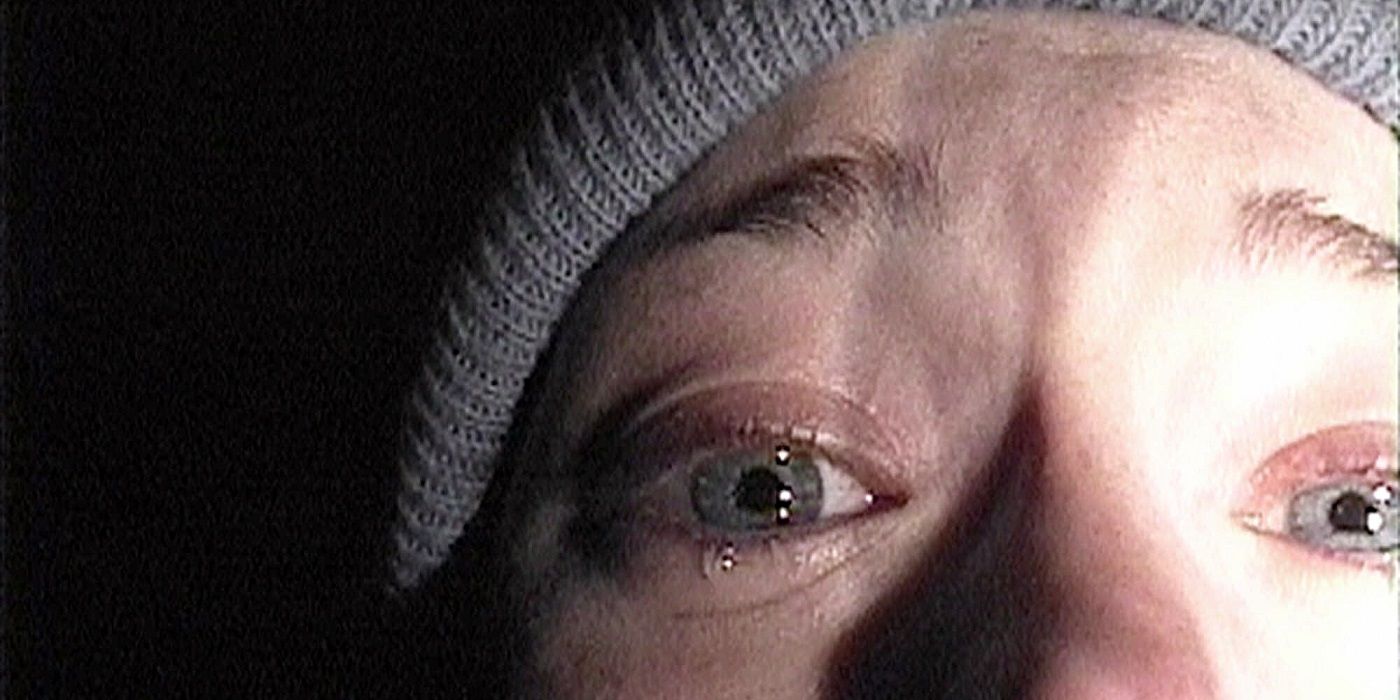
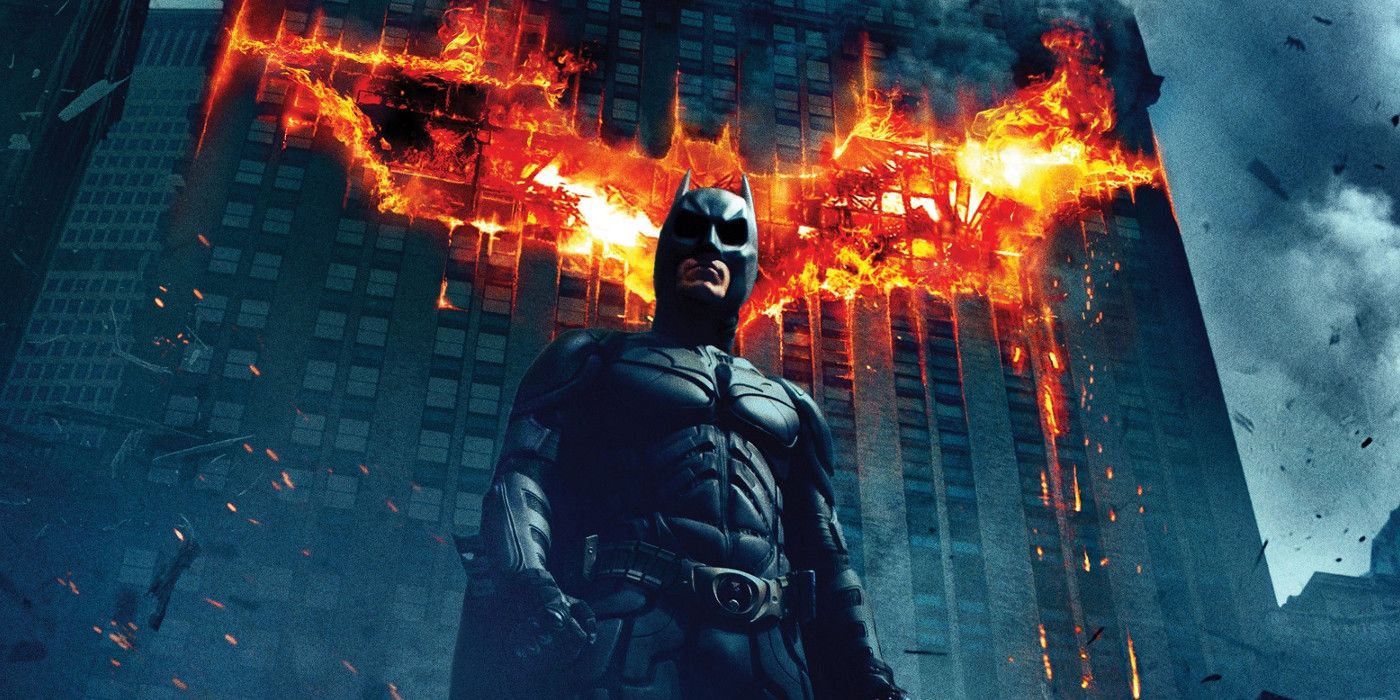
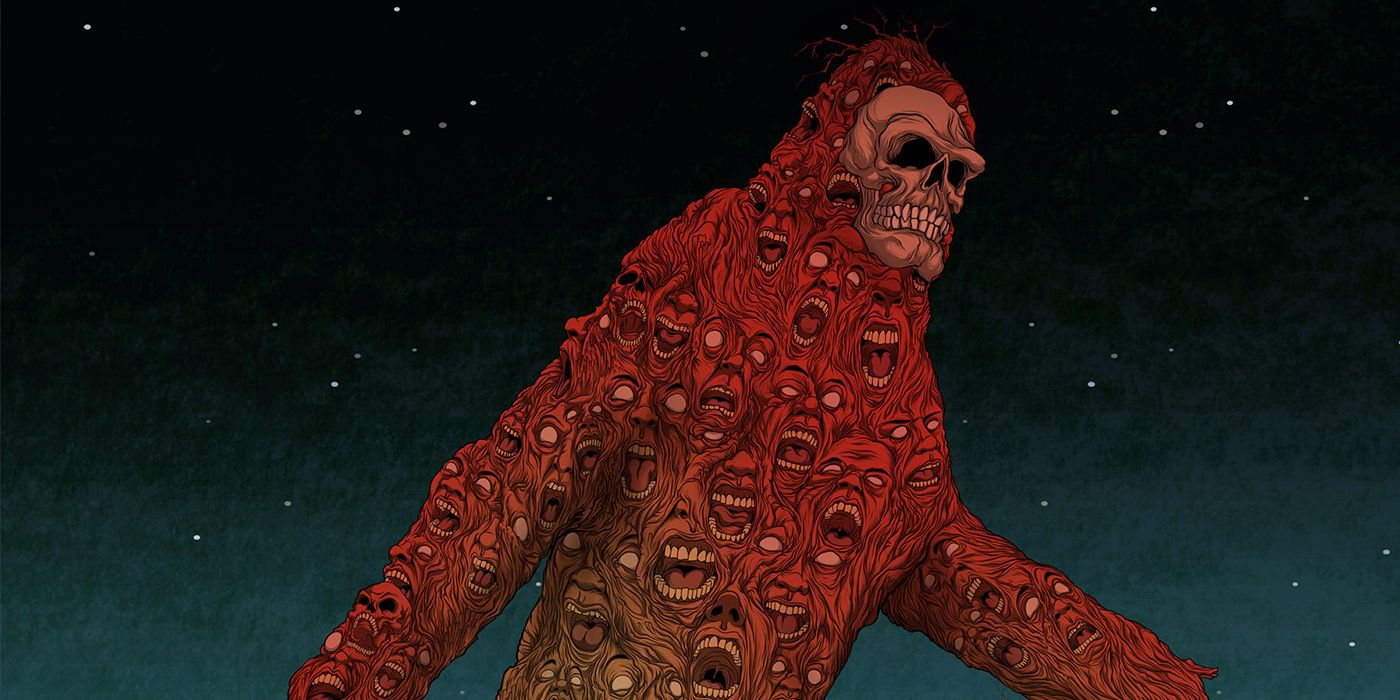
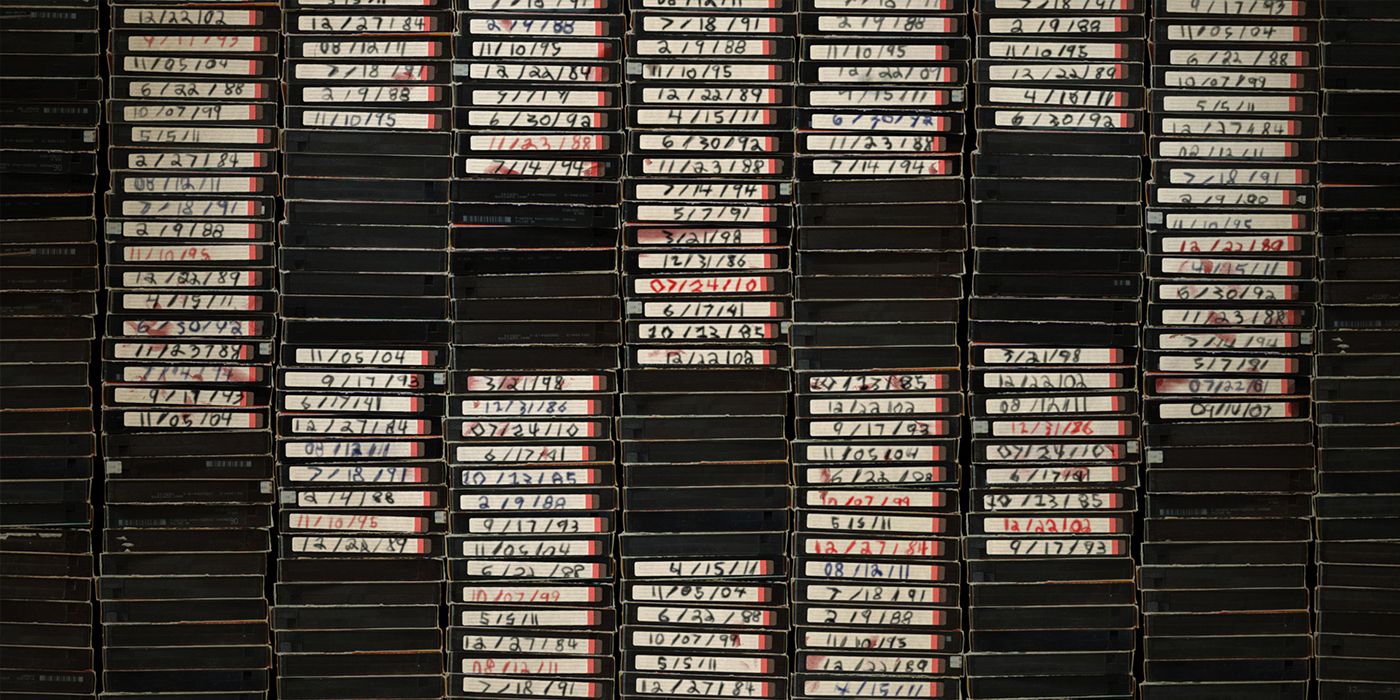
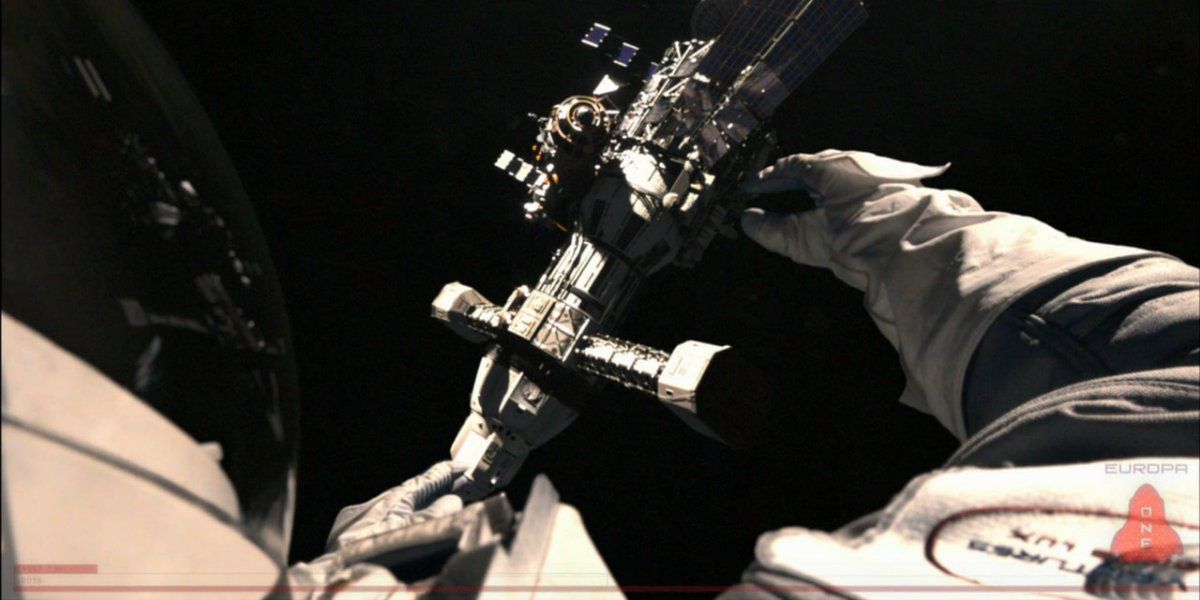
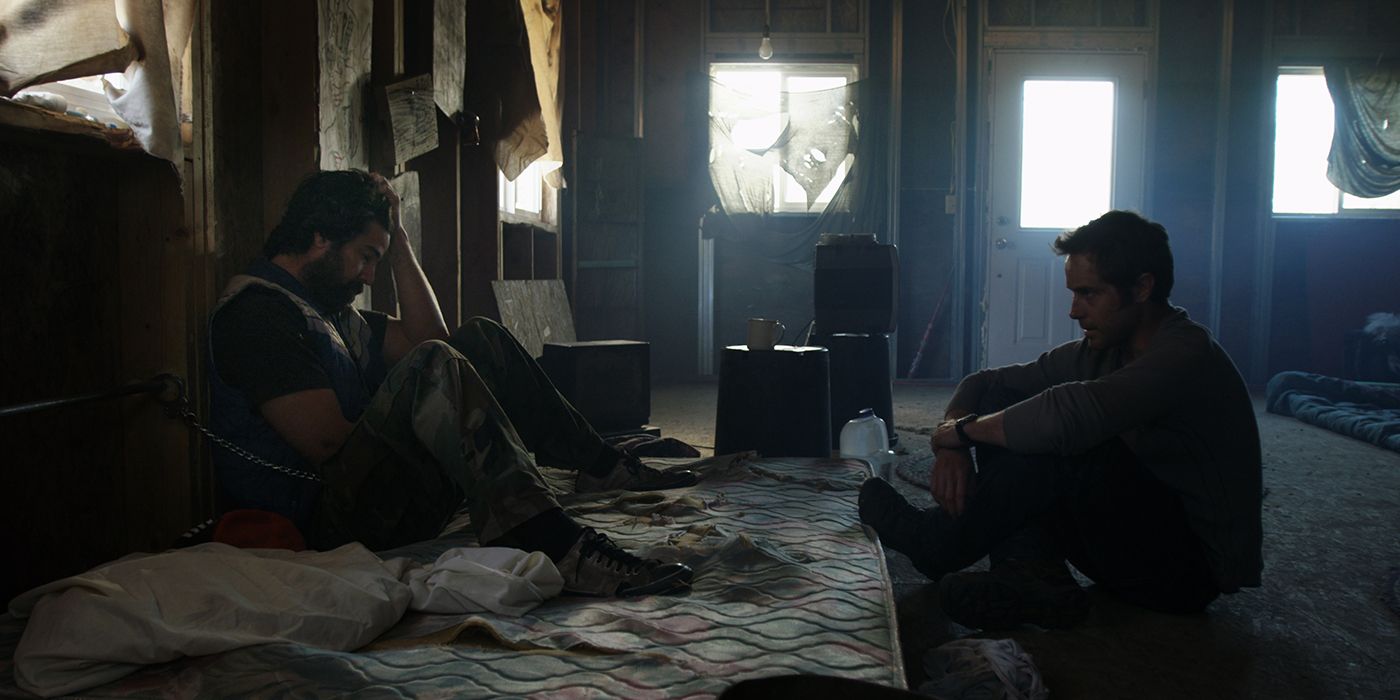
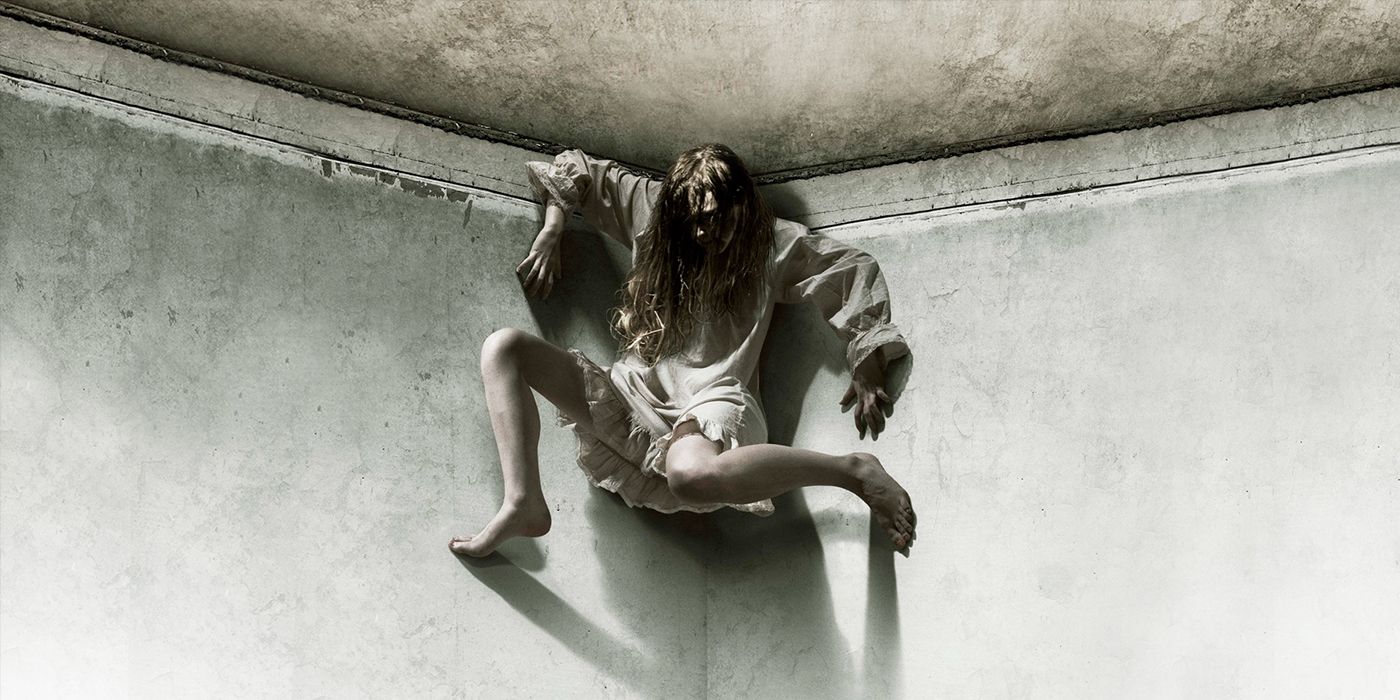
![[Rec]](https://static1.srcdn.com/wordpress/wp-content/uploads/2016/09/rec-zombie-cross.jpg)
